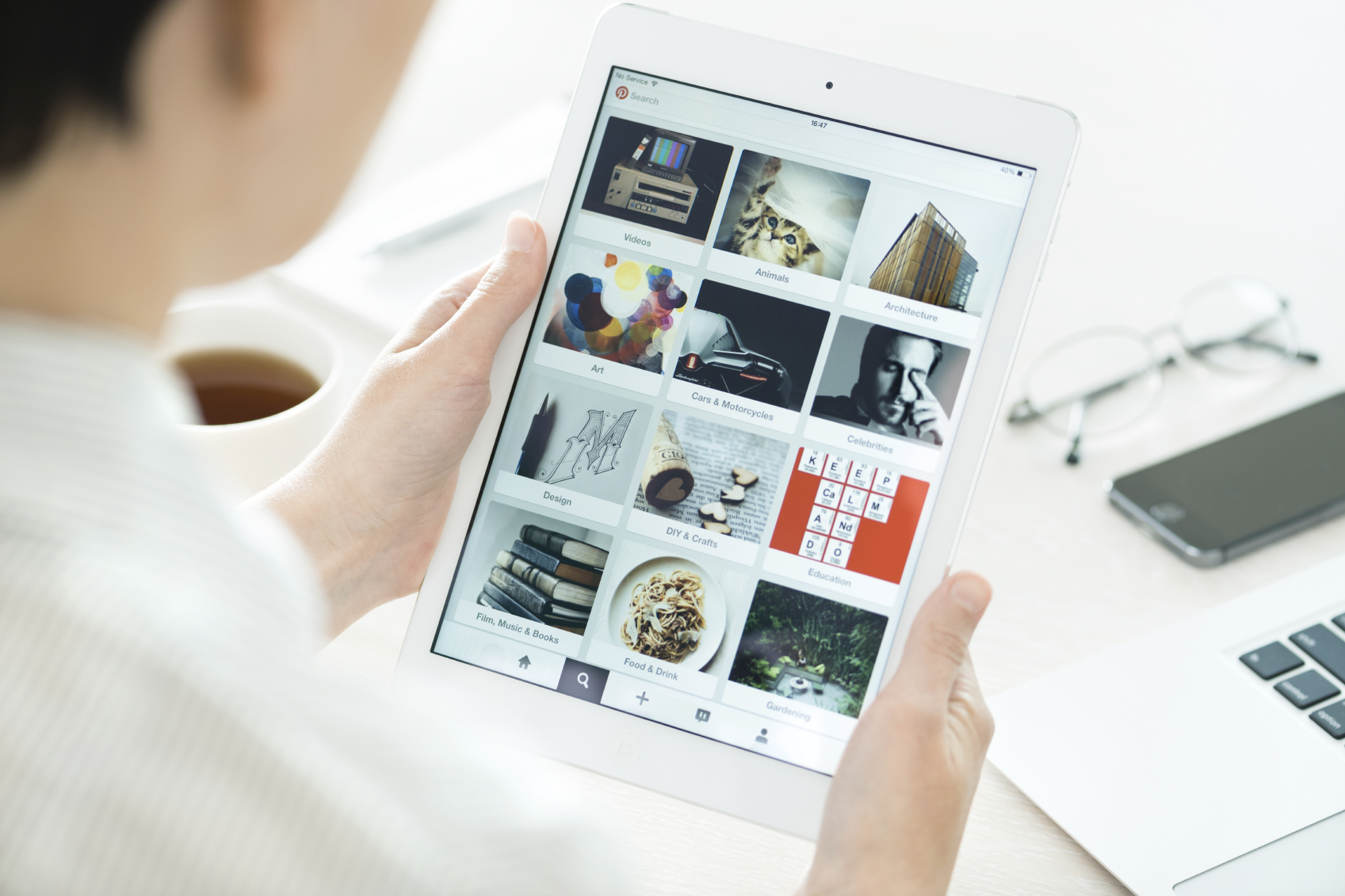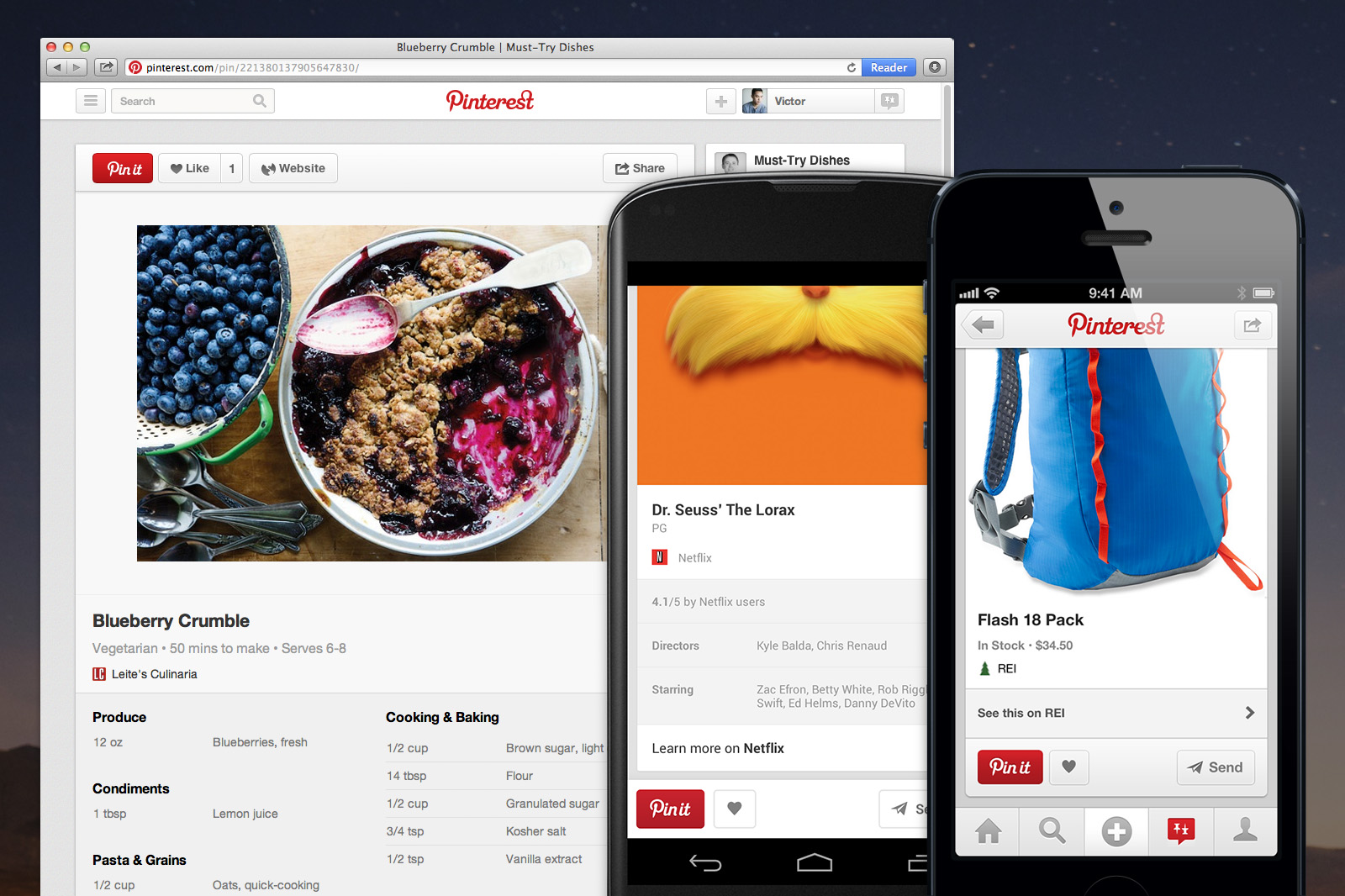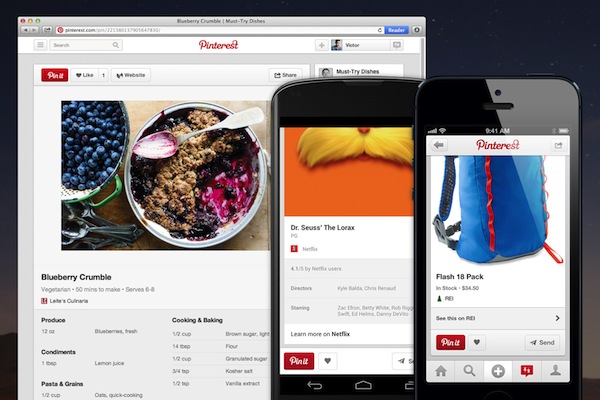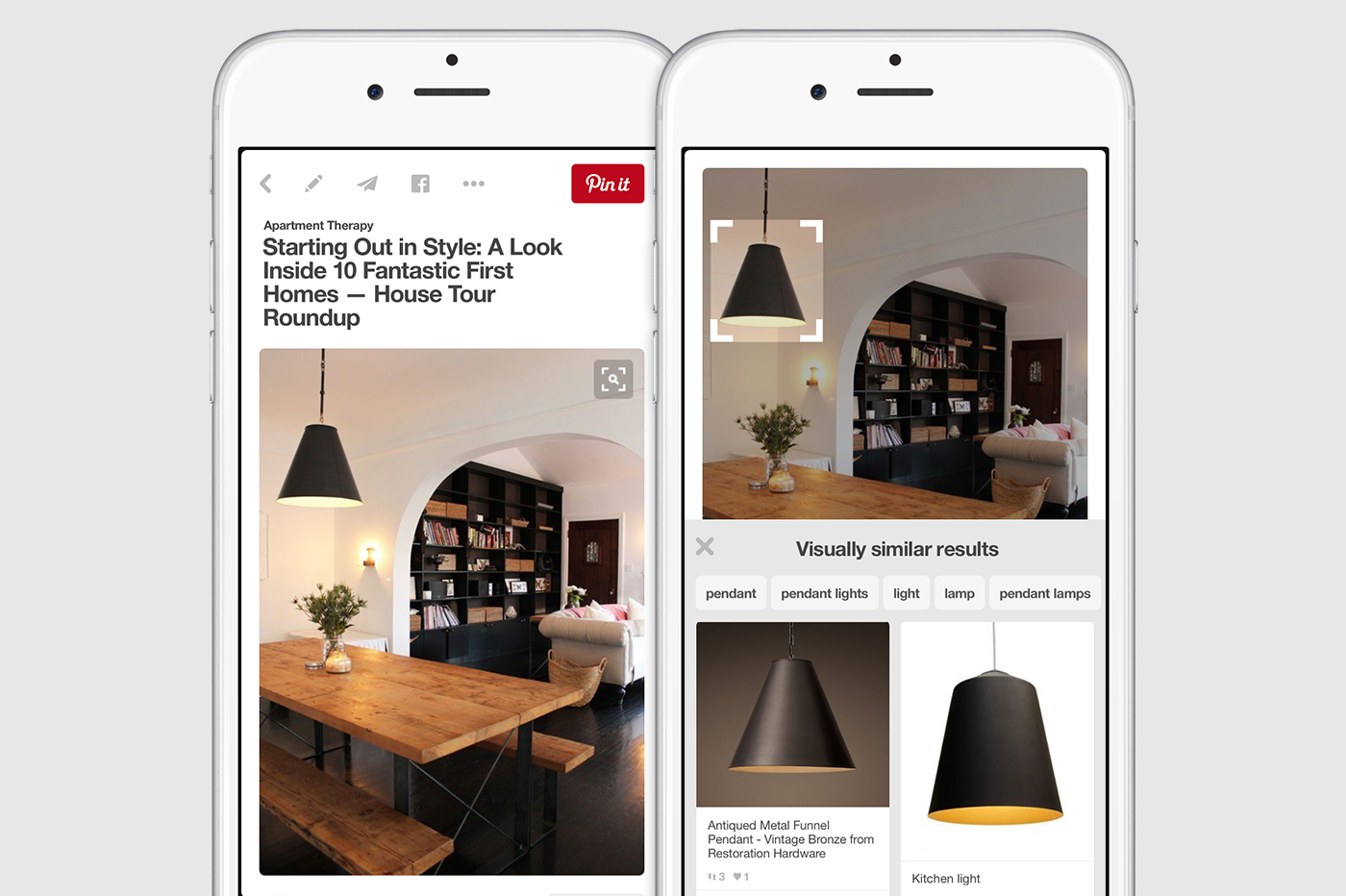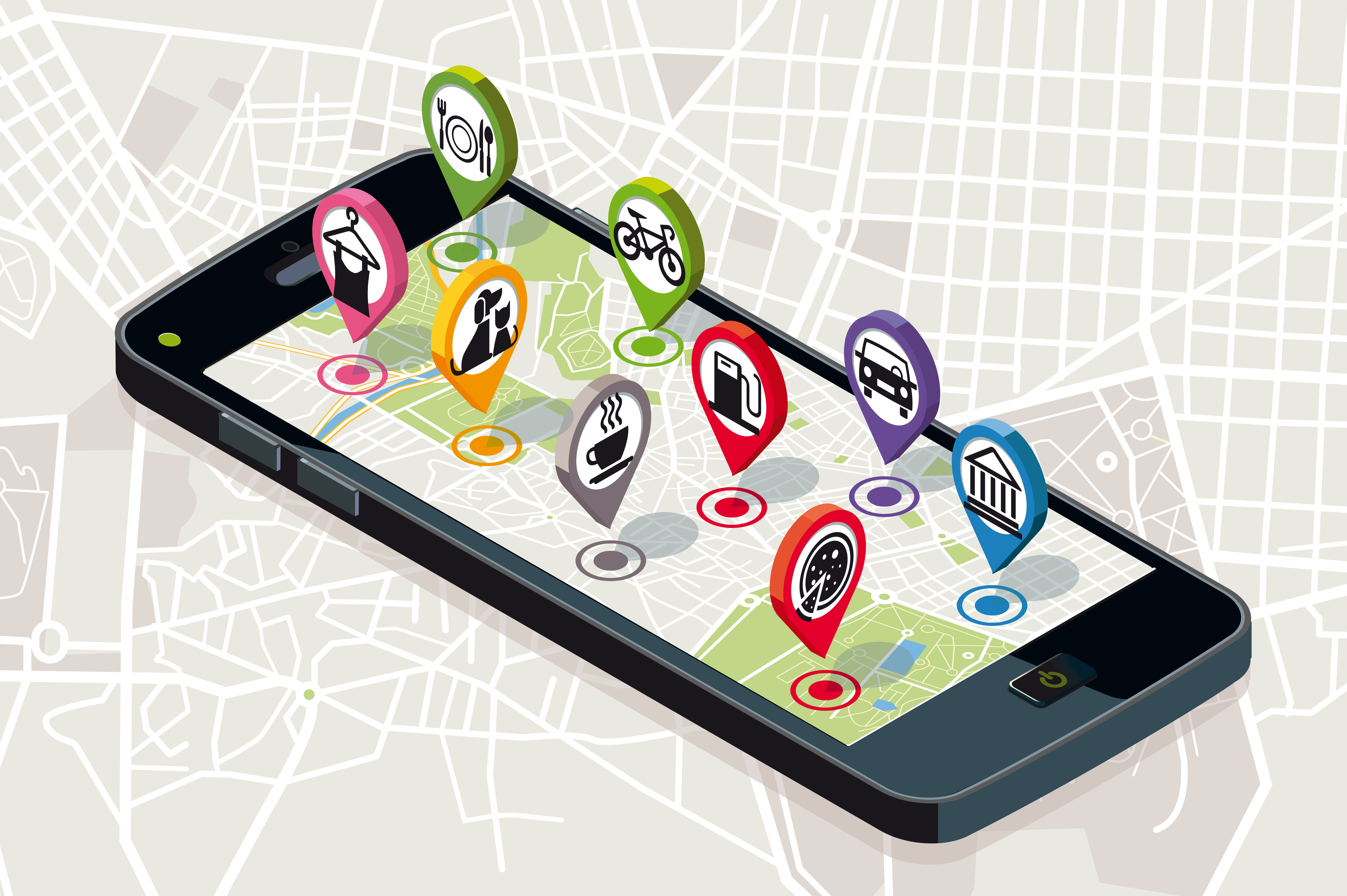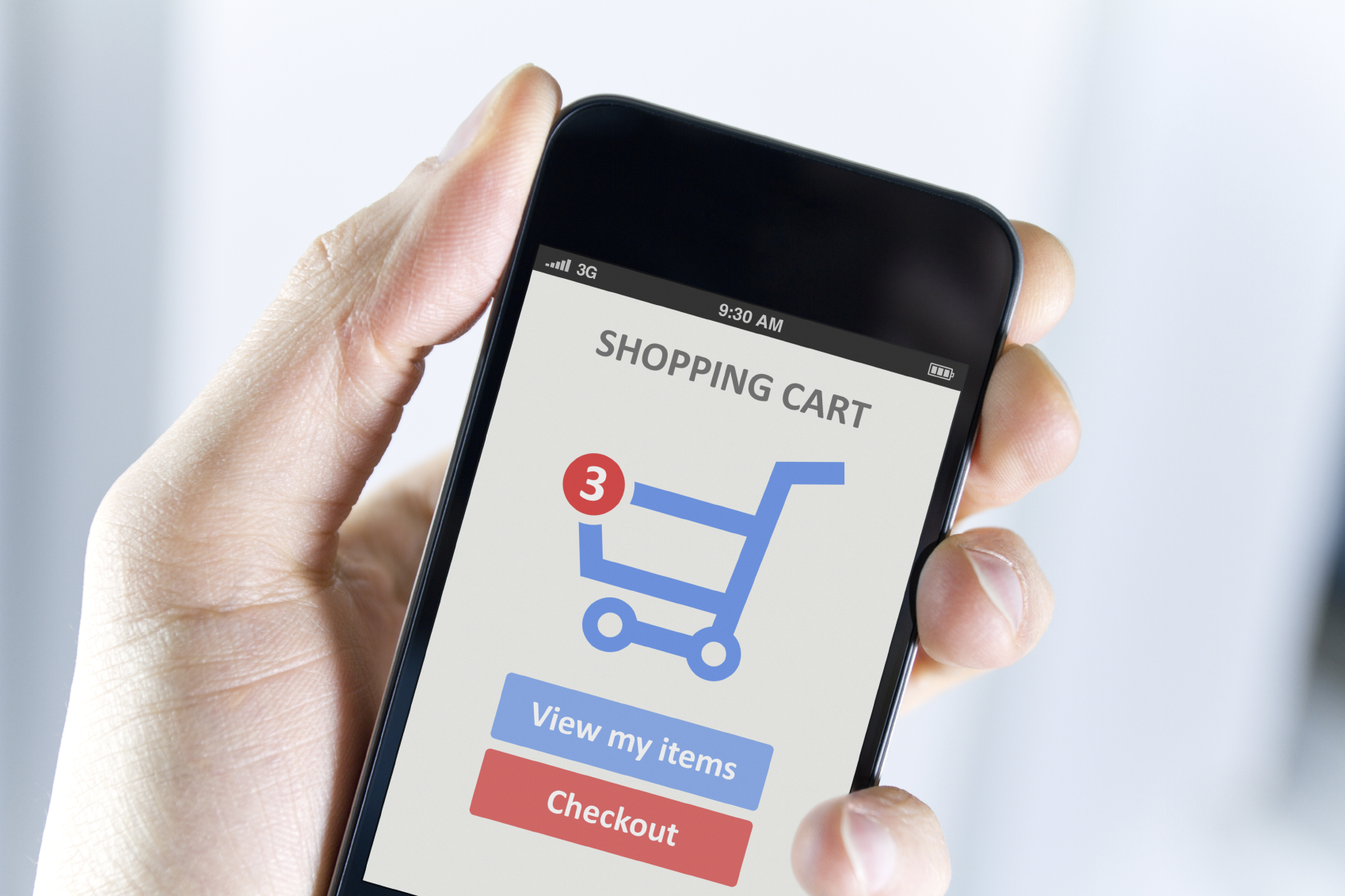What Happened
Pinterest continues to improve its ad products as it debuted new targeting tools on Tuesday, one of which allows brand marketers to upload their own email subscriber data to Pinterest as a targeting option. The new targeting tools will also drastically increase the number of keywords and interests advertisers can target against from only 30 to 420. In addition, the company is rolling out its self-service ad platform Pinterest Ads Manager to all small- and medium-sized businesses in the U.S. Pinterest released several new ad products last year, which were well received by advertisers and propelled its ad revenues to eightfold growth in 2015.
What Brands Need To Do
Facebook first started the trend of allowing marketers to target against their own customer email lists in 2012. By adding support for this feature, Pinterest can help brands and SMBs advertising on its platform reach their desired audiences in a more granular way, allowing them to dive deeper into specific areas of pinning activity and find potential buyers. For brands with an overlap between their customers and Pinterest users, the new targeting tools should be worth a try.
Source: Marketing Land
